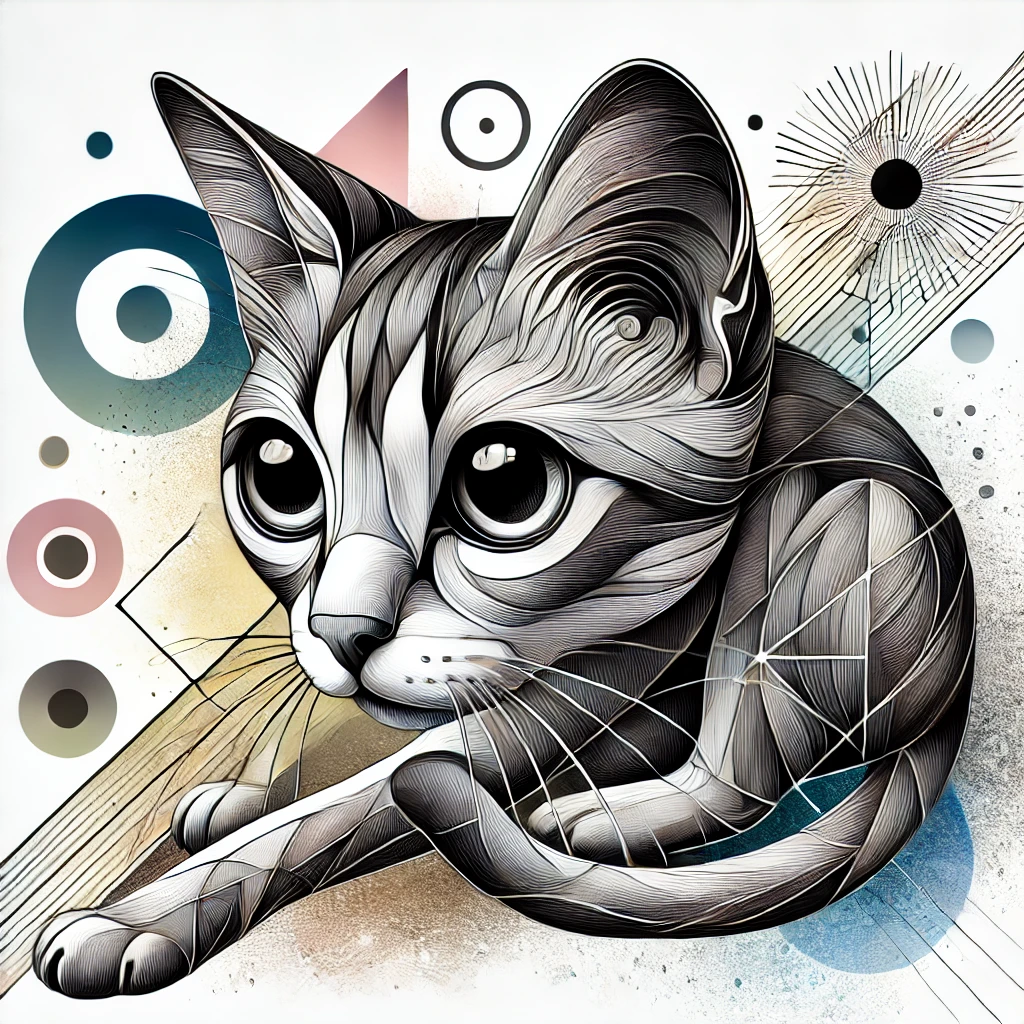Cats have been a beloved subject in art for centuries, admired for their grace, mystery, and elegance. Drawing:vpier3s64be= cats refers to the techniques and approaches used to capture the essence of these fascinating creatures in artwork. This article explores various techniques, styles, and tips for drawing cats, helping artists bring their feline subjects to life.
Table of Contents
Understanding Cat Anatomy
To draw cats accurately, it’s important to understand their anatomy:
- Body Structure: Cats have a flexible, muscular build with a sleek body. Understanding their bone structure and musculature helps in capturing their poses and movements.
- Head and Face: Cat faces are characterized by prominent eyes, a small nose, and a distinct muzzle. The shape of the head varies among breeds, from the rounded face of a Persian to the more angular features of a Siamese.
- Limbs and Paws: Cats have long, slender legs with paws that can be depicted in various positions, depending on the pose.
- Tail: The tail is a significant expressive feature, varying from relaxed to alert postures.
Techniques for Drawing Cats
1. Sketching the Basic Shape
Start with a simple outline to capture the overall shape and proportion of the cat.
- Basic Shapes: Use circles and ovals to sketch the head, body, and joints. This forms the foundation for the drawing.
- Skeleton Structure: Lightly sketch the spine, limbs, and tail to understand the posture and movement.
Also read: About anime:77ddsm9bsp0= penguin
2. Adding Details to the Face
The face is the most expressive part of the cat and requires careful attention to detail.
- Eyes: Draw large, almond-shaped eyes. Cats’ eyes are highly reflective, so adding highlights and reflections is crucial.
- Nose and Muzzle: Sketch a small, triangular nose and a gently curved muzzle. Pay attention to the whisker pads.
- Ears: Ears are usually large and pointed. Observe the breed-specific shapes and sizes.
3. Defining the Fur Texture
Fur adds depth and realism to your cat drawing.
- Short Fur: Use short, quick strokes to depict short-haired cats. Focus on the direction of the fur growth.
- Long Fur: For long-haired breeds, use longer, flowing strokes. Layer the strokes to add volume and texture.
- Pattern and Color: Pay attention to the unique patterns and colors of the cat’s coat, such as tabby stripes or calico patches.
4. Capturing Movement and Poses
Cats are known for their fluid movements and various poses.
- Active Poses: Draw cats in mid-leap, stretching, or playing to convey energy and agility.
- Resting Poses: Capture the elegance of a cat sitting, lying down, or curling up. Pay attention to the relaxed posture.
- Interaction: Depict cats interacting with their environment or other animals to add narrative to your drawing.
Styles of Drawing Cats
Realistic Style
- Description: Focuses on capturing the true appearance and texture of the cat.
- Techniques: Detailed shading, accurate proportions, and lifelike fur texture.
Cartoon Style
- Description: Simplifies and exaggerates features for a playful and whimsical look.
- Techniques: Bold lines, simple shapes, and expressive facial features.
Abstract Style
- Description: Uses shapes, colors, and lines to represent the essence of a cat without focusing on realistic detail.
- Techniques: Experiment with different mediums and techniques to create a unique interpretation.
Digital Art
- Description: Utilizes digital tools and software to create cat drawings.
- Techniques: Use digital brushes and layers to add depth, texture, and effects.
Cultural Significance of Cats in Art
Cats hold significant symbolic meanings in various cultures, influencing how they are depicted in art:
- Egyptian Art: Cats were revered and often depicted in Egyptian art as symbols of grace and protection.
- Japanese Art: Cats are featured in traditional Japanese art and folklore, symbolizing good fortune and protection.
- Modern Art: Contemporary artists use cats to explore themes of independence, curiosity, and mystery.
Examples of Drawing Cats
Realistic Persian Cat:
- Description: A detailed rendering of a Persian cat with its luxurious long fur.
- Techniques: Focus on layering fur strokes and capturing the distinct facial features.
Cartoon Siamese Cat:
- Description: A playful cartoon depiction of a Siamese cat with exaggerated features.
- Techniques: Use simple lines and bold colors to emphasize the unique coat pattern and slender body.
Abstract Cat Portrait:
- Description: An abstract interpretation using geometric shapes and vibrant colors.
- Techniques: Experiment with shapes and colors to convey the cat’s personality and essence.
Also read: Arrow Tattoo Meaning
Conclusion
Drawing:vpier3s64be= cats is an exploration of artistic expression, combining technical skill with creativity. By understanding cat anatomy, mastering various techniques, and exploring different styles, artists can create captivating cat drawings that capture the grace and charm of these beloved animals. Whether you are aiming for realism or a more stylized approach, the world of cat art offers endless possibilities for creativity and storytelling.

